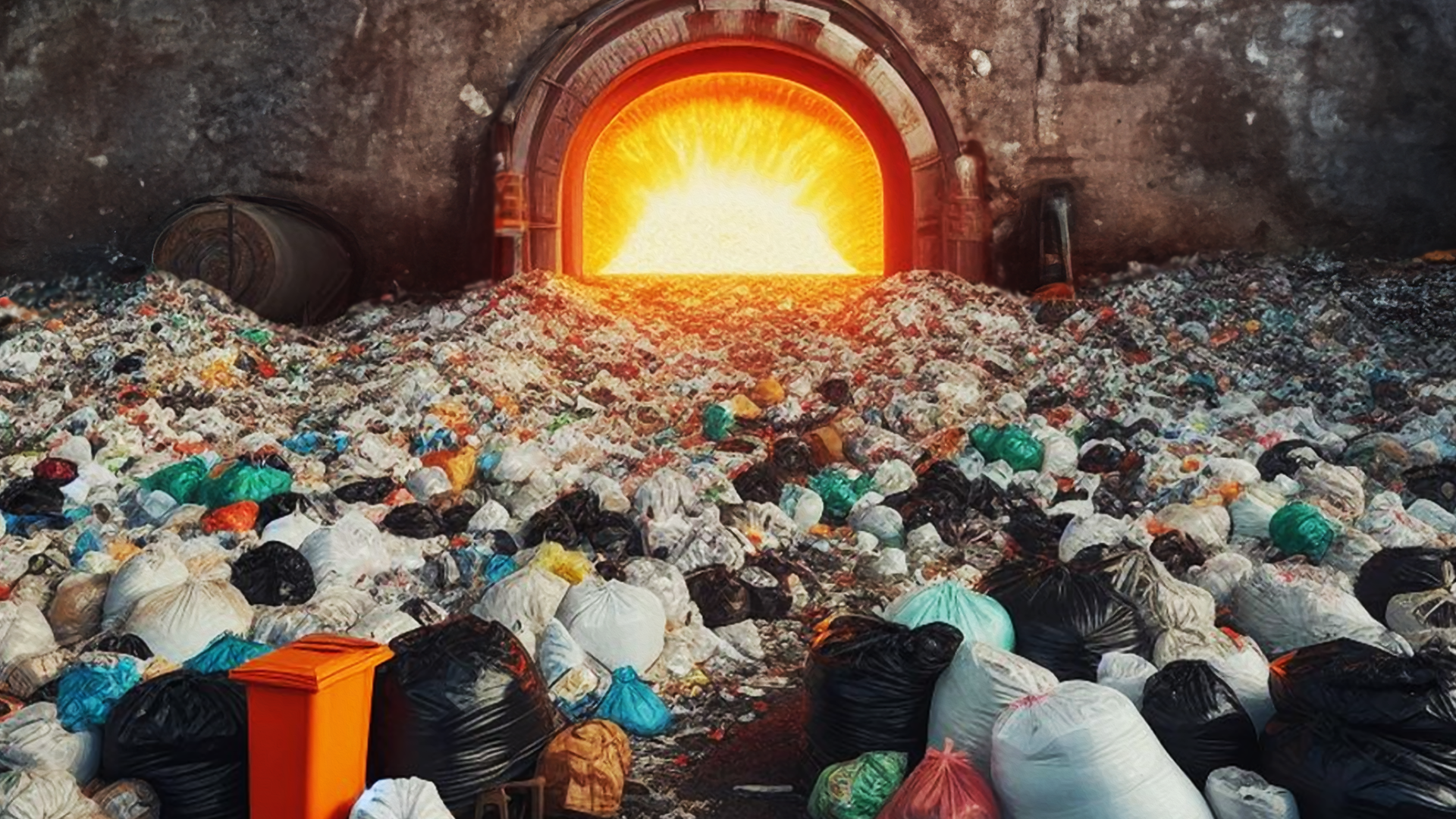A significant number of trash incinerators are operating across the US. Proponents of this type of waste management proclaim it environmentally preferable to landfill, but how much of a lesser evil is it – if at all?
A proverbial ‘steaming pile of garbage’ has no redeemable qualities, but there is a notable upside to be gleaned from real-life trash incineration.
For well over a century now, parts of the US have been generating energy by burning huge piles of garbage. This process is particularly prevalent in Florida, a state which combusts 8% of its refuse and plans to upscale its ‘waste-to-energy’ operation beyond 75 existing facilities.
First igniting as a concept in the 1980s, trash incineration was billed as a preferable alternative to the ecological scourge of landfill sites and also a somewhat renewable way of generating power for homes and businesses – as garbage is essentially never ending.
It would seem the extent of the latter benefit was grossly exaggerated, however, as combusting garbage for steam only accounts for a single percent of the nation’s total energy production.
On the contrary, the power generated is described as a ‘nice to have’ by Joe Kilsheimer, executive director of the Florida Waste-to-Energy Coalition. The primary motivation had always been to ease the burden on landfill as the sole carrier of waste-management.
The most contentious point of debate, is whether or not the system should be viewed as renewable or not. While proponents are quick to call out the huge methane footprint associated with refuse dumps, it’s proven that trash combustion generates carbon emissions.




















